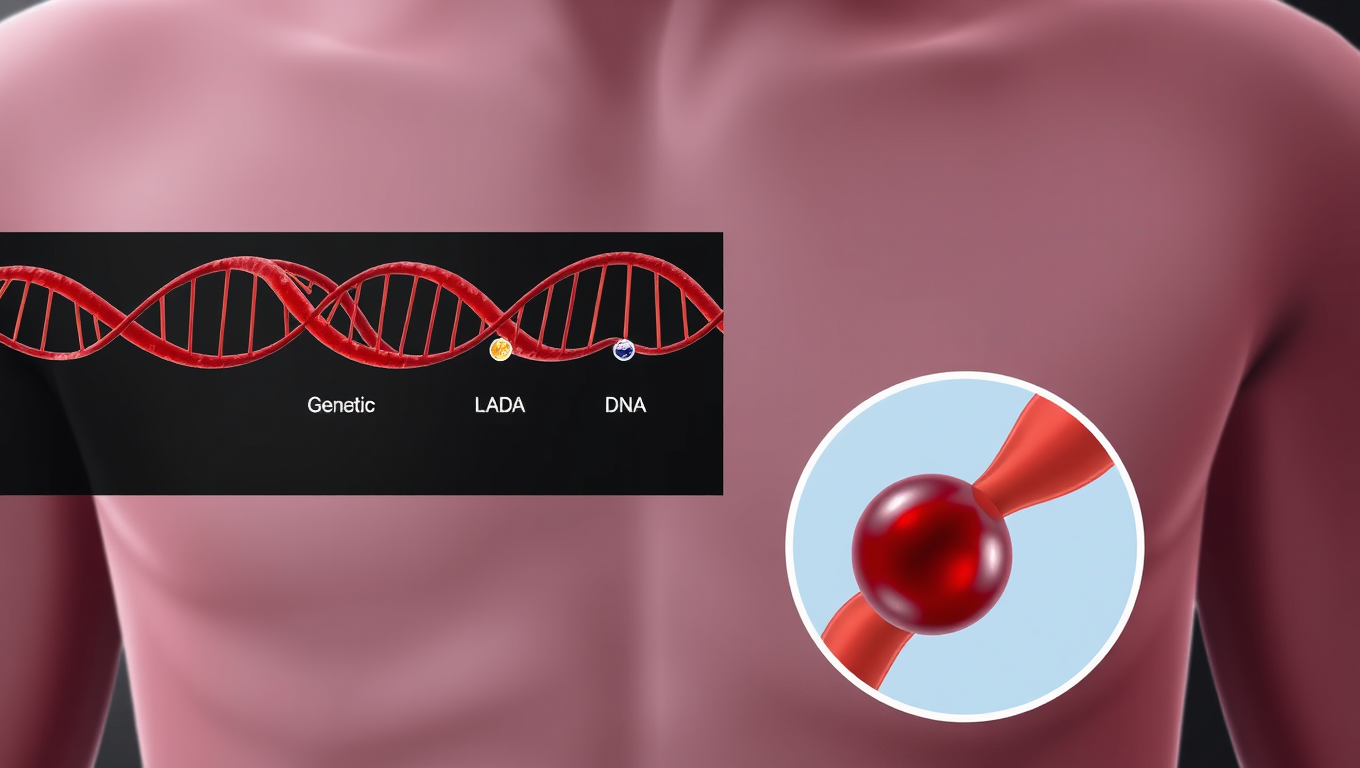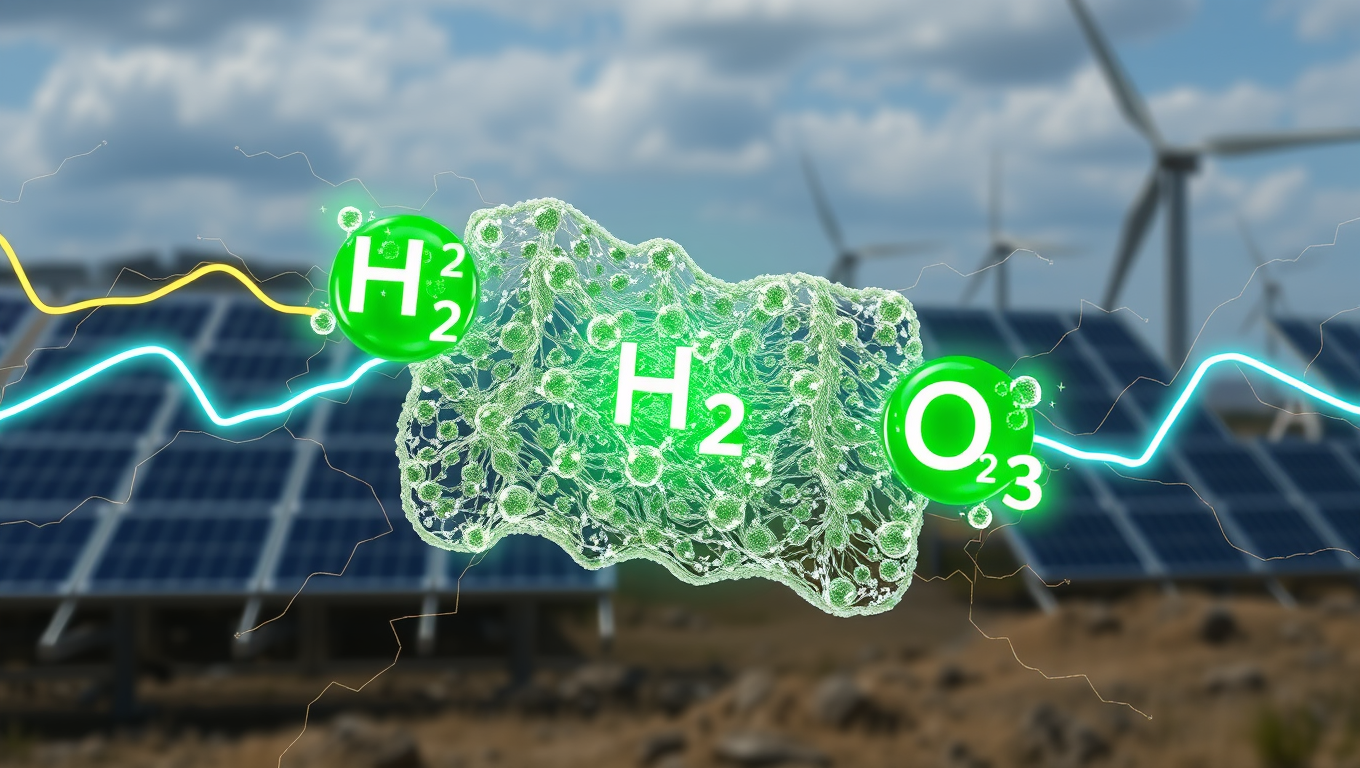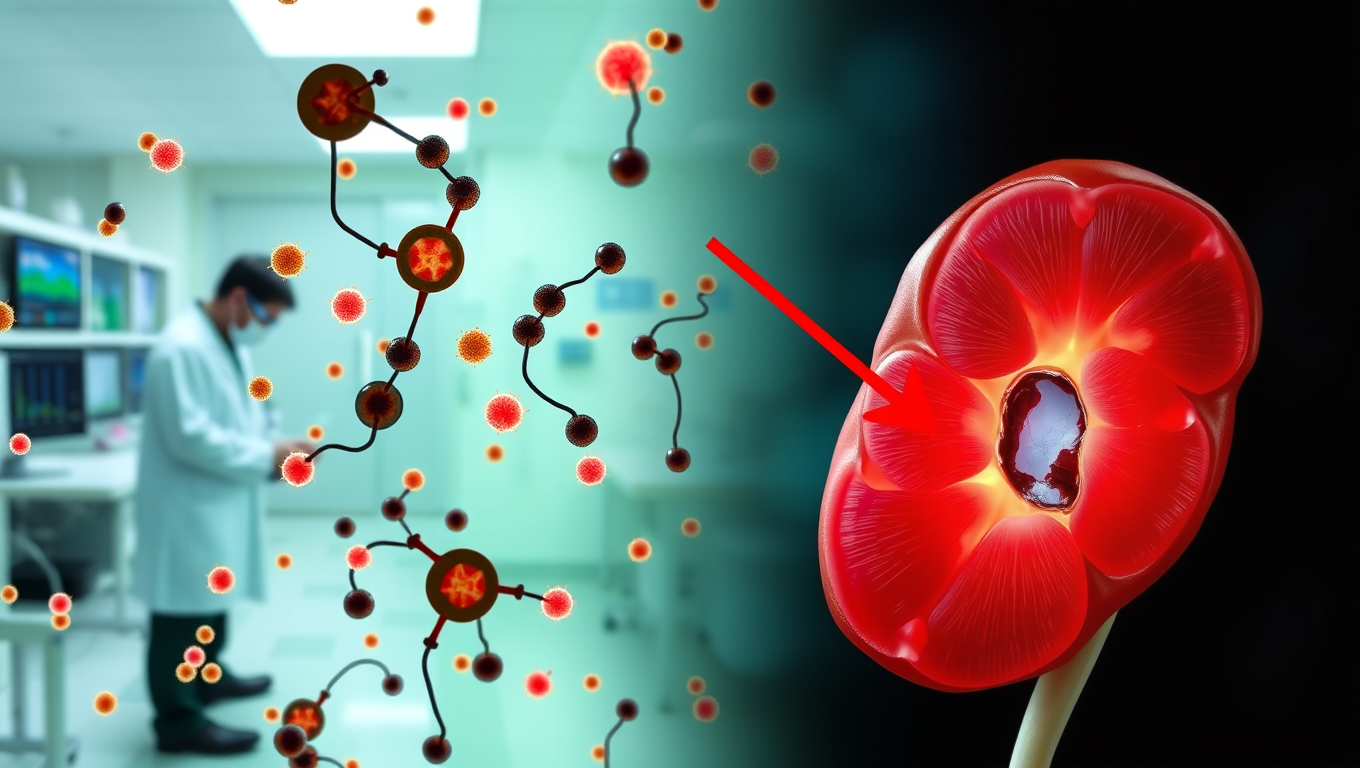While we try to keep things accurate, this content is part of an ongoing experiment and may not always be reliable.
Please double-check important details — we’re not responsible for how the information is used.
Anemia
A Breakthrough in Treating Hypertension and Aortic Aneurysms: Uncovering a New Pathway for Treatment
Investigators have discovered a new pathway that may lead to a treatment for high blood pressure and aortic aneurysms. By creating a new laboratory model for studying these conditions, the team treated hypertension and aortic aneurysms by targeting a protein that they discovered to be involved in the vascular cells’ response to oxidative stress.

Anemia
Hidden Risk: Three Genetic Variants That Raise Clot Risk by 180%
Genetic research in Sweden has unveiled three new gene variants that dramatically increase the risk of venous blood clots, sometimes by up to 180%. These discoveries build on existing knowledge of Factor V Leiden and suggest that genetics plays a bigger role than previously thought, especially for clots in the legs that can lead to life-threatening pulmonary embolisms.
Alzheimer's Research
“Boosting Green Hydrogen Production with MXene Catalysts”
MXenes are adept at hosting catalytically active particles. This property can be exploited to create more potent catalyst materials that significantly accelerate and enhance the oxygen evolution reaction, which is one of the bottlenecks in the production of green hydrogen via electrolysis using solar or wind power. A detailed study shows the potential of these new materials for future large-scale applications.
Anemia
Groundbreaking Discovery in Chronic Renal Failure: A Promising Biomarker for Early Diagnosis and Prevention
Scientists have identified microRNA able to protect small blood vessels and support kidney function after severe injury.
-

 Detectors8 months ago
Detectors8 months agoA New Horizon for Vision: How Gold Nanoparticles May Restore People’s Sight
-

 Earth & Climate9 months ago
Earth & Climate9 months agoRetiring Abroad Can Be Lonely Business
-

 Cancer9 months ago
Cancer9 months agoRevolutionizing Quantum Communication: Direct Connections Between Multiple Processors
-

 Albert Einstein9 months ago
Albert Einstein9 months agoHarnessing Water Waves: A Breakthrough in Controlling Floating Objects
-

 Earth & Climate9 months ago
Earth & Climate9 months agoHousehold Electricity Three Times More Expensive Than Upcoming ‘Eco-Friendly’ Aviation E-Fuels, Study Reveals
-

 Chemistry9 months ago
Chemistry9 months ago“Unveiling Hidden Patterns: A New Twist on Interference Phenomena”
-

 Diseases and Conditions9 months ago
Diseases and Conditions9 months agoReducing Falls Among Elderly Women with Polypharmacy through Exercise Intervention
-

 Agriculture and Food9 months ago
Agriculture and Food9 months ago“A Sustainable Solution: Researchers Create Hybrid Cheese with 25% Pea Protein”





























